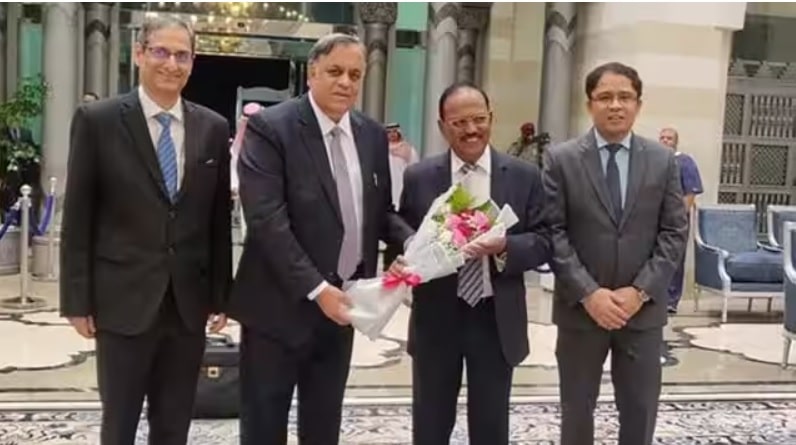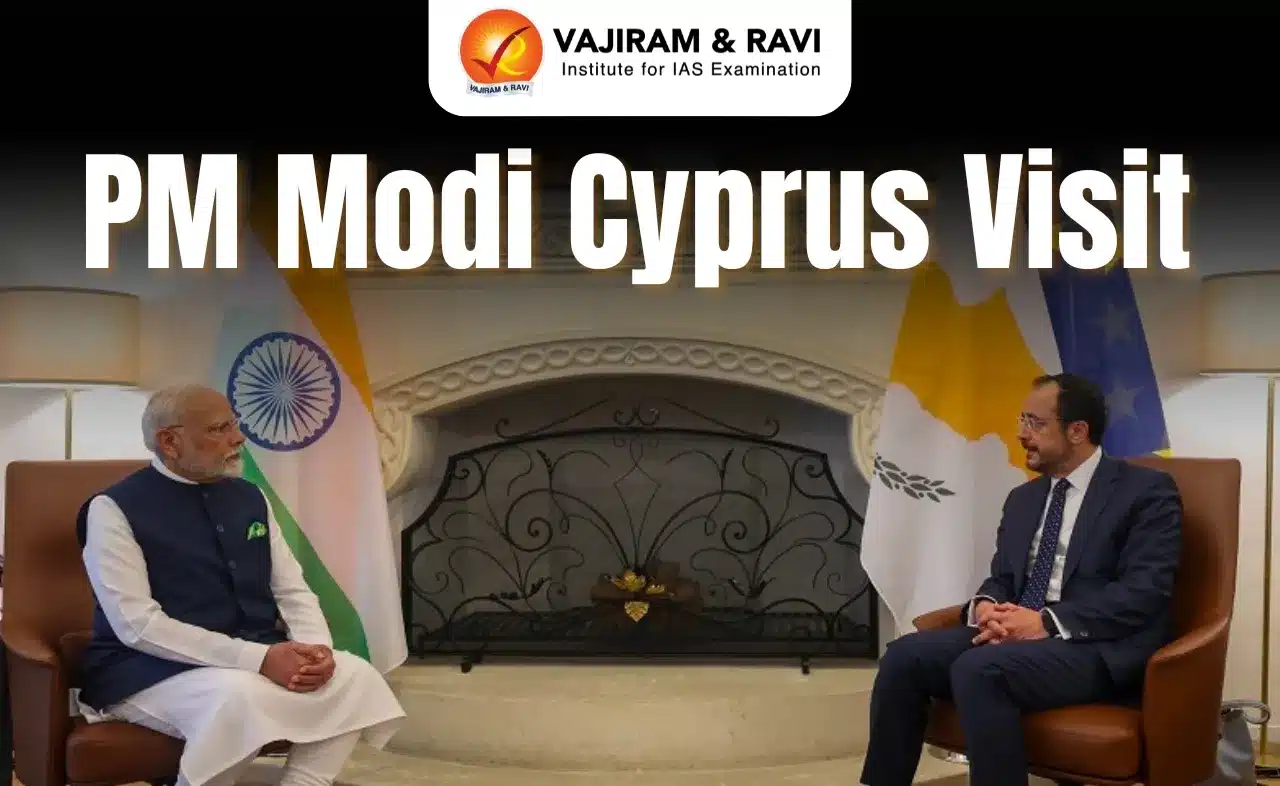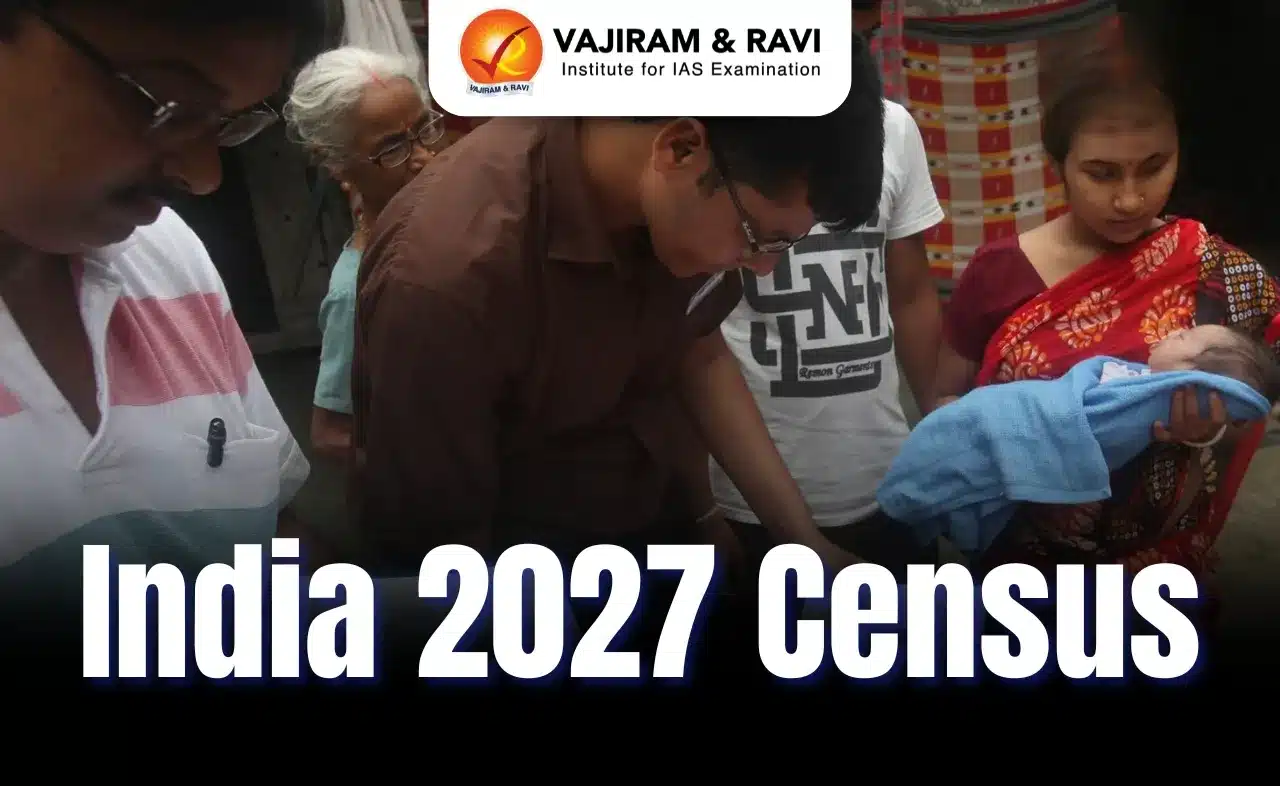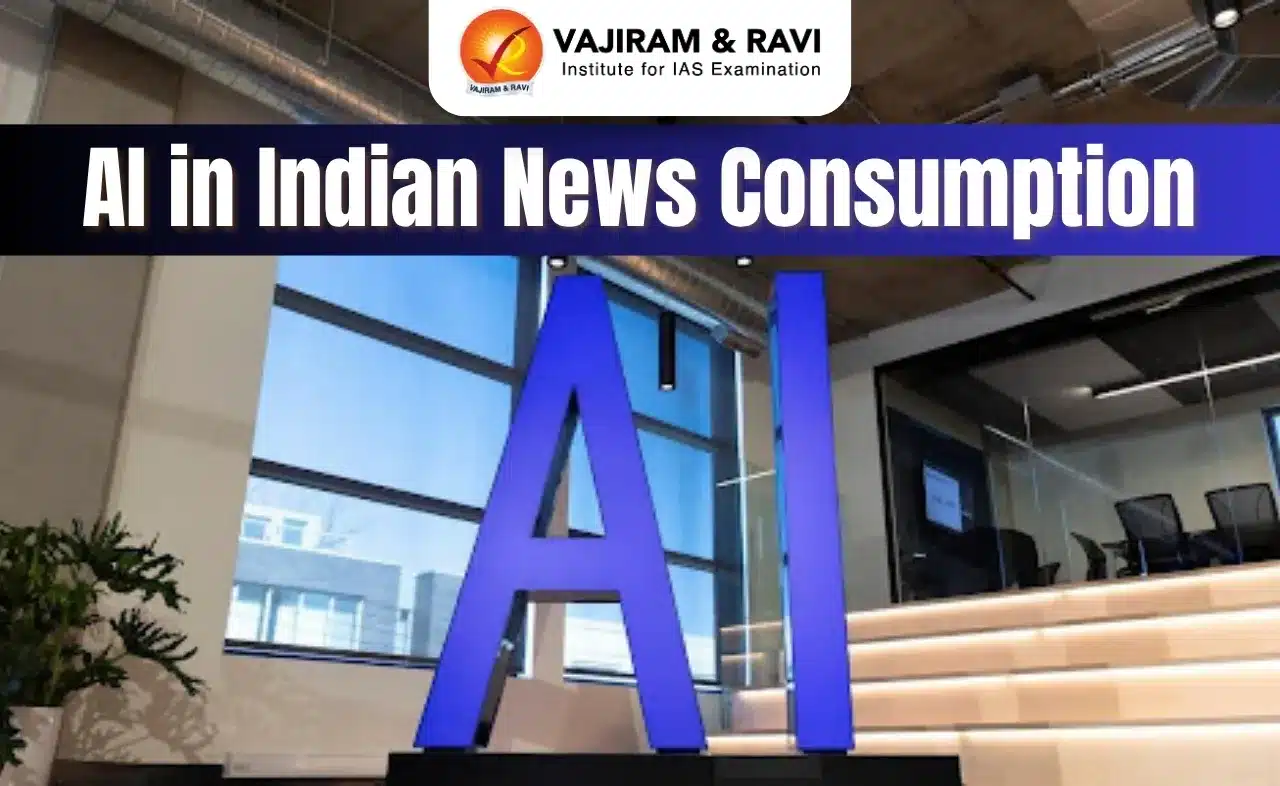What’s in today’s article?
- Why in news?
- Russia-Ukraine war
- What is the Background of Russia-Ukraine conflict?
- Why Russia invaded Ukraine?
- What is the current status of Russia-Ukraine War?
- News Summary: Jeddah peace summit on the Russia-Ukraine war
- Key highlights of the speech delivered by NSA Doval
- India’s participation: what does it signify?
Why in news?
- Saudi Arabia hosted Ukraine, the U.S., some European countries and major developing countries, including India and Brazil, for peace talks on the Russia-Ukraine war.
- The aim of this summit was to reach an agreement on key principles for a peaceful end to Russia’s war in Ukraine.
Russia-Ukraine War
What is the Background of Russia-Ukraine Conflict?
- Tensions between Ukraine and Russia escalated in late 2013 over a landmark political and trade deal with the European Union.
- After the pro-Russian then-President, Viktor Yanukovych, suspended the talks weeks of protests in Kyiv erupted into violence. Soon, the then pro-Russian President was ousted.
- Russia responded by invading Crimea, which was a part of Ukraine, and annexing it in March 2014.
- Russia invaded Crimea on the pretext that it was defending its interests and those of Russian-speaking citizens.
- Shortly afterwards, pro-Russian separatists in Ukraine’s Donetsk and Luhansk regions declared their independence from Kyiv (capital of Ukraine).
- They established their own autonomous state called Donetsk People’s Republic in 2014.
- Russia, in February 2022, recognised the independence of these two regions.
- Kyiv and Moscow signed a peace deal in Minsk in 2015. It was brokered by France and Germany. But it could not bring peace in the region.
- Later, in February 2022, Russian President Vladimir Putin declared war on Ukraine in a televised address.
- He said the military action announced by Russia will seek to demilitarize Ukraine and came in response to threats from Ukraine.
Why Russia invaded Ukraine?
- Russia wanted a guarantee Ukraine can never join NATO
- Russia’s main demand was a commitment from NATO to end its further expansion into former Soviet republics — especially Ukraine.
- Russia wants NATO arms out of Eastern Europe
- Russia wants NATO to stop deploying its weapons and forces in countries in Central and Eastern Europe that joined the alliance after 1997.
- Russia wants a ban on NATO missiles within striking distance
- Russia has nervously watched as NATO has demonstrated it can deepen its involvement in Ukraine — providing weapons and training.
- NATO missiles on Ukrainian soil might pose serious threat to Russia’s security.
- Russia wants autonomy for eastern Ukraine
- Russia says Ukraine must meet its obligations under 2015 agreements.
- The peace deal, known as the Minsk agreements, was signed to end the fighting between Ukraine’s army and pro-Russian separatists in eastern Ukraine.
- The Minsk agreements also provided additional autonomy to the separatist Russian-speaking territories in the Donbas.
- Russia says Ukraine must meet its obligations under 2015 agreements.
What is the current status of Russia-Ukraine War?
Image caption: Current Status of Ukraine War
News Summary: Jeddah peace summit on the Russia-Ukraine war
- The two-day meeting on the Ukraine conflict was hosted by Saudi Crown Prince Mohammad Bin Salman and attended by top security officials of around 40 countries.
- The current meeting follows an earlier meeting in Copenhagen more than a month ago to discuss the Russia-Ukraine conflict.
- While Russia did not participate, Ukraine was present at the meeting. India was represented by NSA Ajit Doval.
Key highlights of the speech delivered by NSA Doval
- Underlined the need for respect for sovereignty and territorial integrity by all states
- He emphasised that respect for sovereignty and territorial integrity by all states must be upheld without exception.
- He also said that efforts must be made to resolve the conflict and soften its consequences.
- Highlighted the challenges
- The meeting confronts a two-fold challenge — resolution of the situation and softening the consequences of the conflict.
- Efforts must be directed on both fronts simultaneously and much more groundwork is needed to ensure this.
- A solution acceptable to all relevant stakeholders is needed to end the war
- He said that several peace proposals have been put forward, and each has some positive points but none is acceptable to both sides.
- Ukrainian President Zelenskyy had proposed 10-point peace plan during last year’s G-20 summit.
- China also came up with a 12-point-plan for the political settlement of the Ukraine crisis.
- In June 2023, leaders of seven African countries, led by South African President Cyril Ramaphosa, visited Russia and Ukraine.
- They proposed a 10-point proposal which suggested the recognition of Russia and Ukraine’s sovereignty, and the release of prisoners.
- The key question that needs to be addressed in this meeting is whether a solution acceptable to all relevant stakeholders can be found.
- He said that several peace proposals have been put forward, and each has some positive points but none is acceptable to both sides.
- Highlighted India’s approach
- He said that India’s approach has been and always will be to promote dialogue and diplomacy. This is the only way forward for peace.
- India has engaged both Russia and Ukraine since the beginning of the conflict at the highest levels.
- While India has not explicitly condemned the Russian invasion of Ukraine, PM Modi had said this is not the era of war.
- India has also condemned the Bucha massacre, expressed concerns at the nuclear rhetoric by the Russian leadership.
- In recent days, India condemned the collapse of the Black Sea Grain Initiative, where Russia walked out of the deal.
- He also pointed out that the whole world and especially the Global South was bearing the brunt of the situation.
- New Delhi is providing both humanitarian assistance to Ukraine and economic assistance to its neighbours in the Global South.
India’s participation: what does it signify?
- NSA Ajit Doval’s participation in the peace conference on Ukraine shows India’s willingness to step up efforts to end the war.
- The fact it has raised its level of representation — up from the Secretary-rank official in June — reflects the sense of purpose on India’s side.
- In Copenhagen meet, where Ukraine was on the agenda, India was represented by MEA’ Secretary (West).
- As chair of G20, New Delhi is keen to have a consensus document at the leaders’ summit in New Delhi next month.
Q1) What is the geographical location of red sea?
The Red Sea is a seawater inlet of the Indian Ocean, located between the northeastern African continent and the Arabian Peninsula. It stretches from the Gulf of Suez in the north to the Bab el Mandeb strait in the south. The Red Sea is bordered by countries such as Egypt, Sudan, Eritrea, Djibouti, Saudi Arabia, and Yemen. Its geographic coordinates roughly range from 12°N to 28°N latitude and 33°E to 43°E longitude.
Q2) Where is Copenhagen?
Copenhagen is the capital city of Denmark, a country located in Northern Europe. Copenhagen is situated on the eastern coast of the island of Zealand (Sjælland in Danish), which is part of the larger Danish archipelago. It is separated from Sweden by the Øresund Strait.
Source: Doval in Jeddah: Efforts must to resolve Russia-Ukraine conflict | The Hindu | The Hindustan Times
Last updated on June, 2025
→ UPSC Notification 2025 was released on 22nd January 2025.
→ UPSC Prelims Result 2025 is out now for the CSE held on 25 May 2025.
→ UPSC Prelims Question Paper 2025 and Unofficial Prelims Answer Key 2025 are available now.
→ UPSC Calendar 2026 is released on 15th May, 2025.
→ The UPSC Vacancy 2025 were released 1129, out of which 979 were for UPSC CSE and remaining 150 are for UPSC IFoS.
→ UPSC Mains 2025 will be conducted on 22nd August 2025.
→ UPSC Prelims 2026 will be conducted on 24th May, 2026 & UPSC Mains 2026 will be conducted on 21st August 2026.
→ The UPSC Selection Process is of 3 stages-Prelims, Mains and Interview.
→ UPSC Result 2024 is released with latest UPSC Marksheet 2024. Check Now!
→ UPSC Toppers List 2024 is released now. Shakti Dubey is UPSC AIR 1 2024 Topper.
→ Also check Best IAS Coaching in Delhi
























